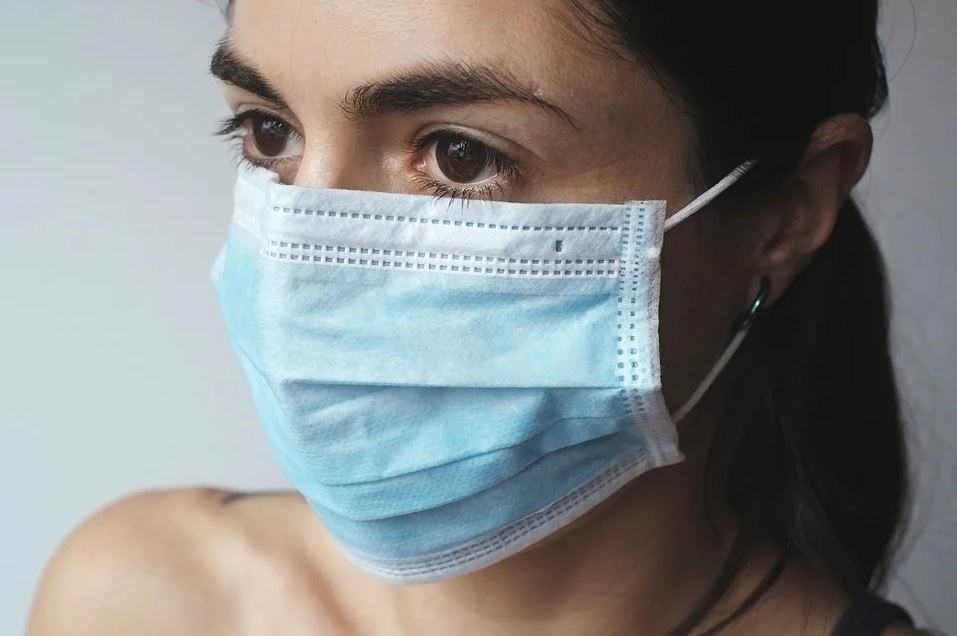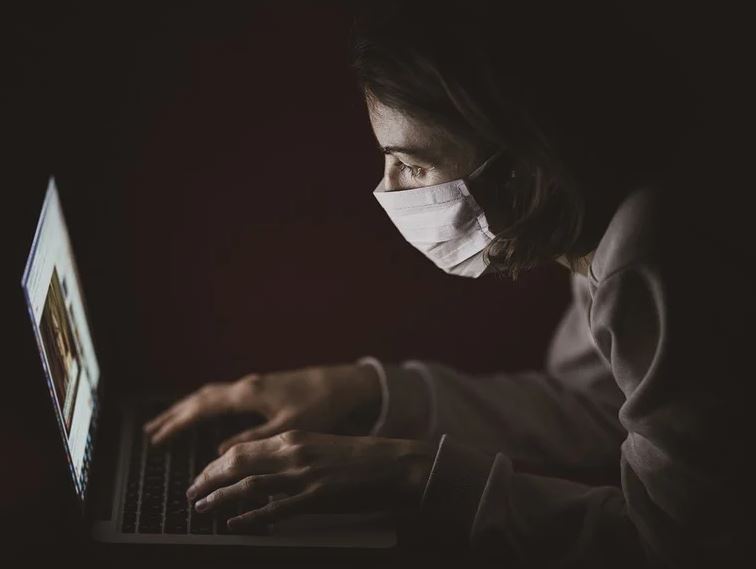The global pandemic caused a major transformation in terms of how people live their day to day lives. To prevent contagion, governments placed certain measures in place such as locking down certain areas where the rate of individuals acquiring the virus is rampant. In addition to this, people were highly encouraged to stay home, prompting employers to allow their staff to work from home.
As people slowly get used to the new normal, it is essential for the government to ease the measures they have imposed to get the economy back and running again. In line with this, businesses are starting to open once again and workers are now allowed to report to their respective workplaces. However, it is still important to ensure that the employees reporting back to work are fit and safe from the unseen enemy.
Thereby, below are some of the tips on how they can ensure their safety from COVID-19 in the workplace.

Conduct Proper Training
One of the primary ways to ensure that employees stay fit and safe from COVID-19 in the workplace is by arming them with sufficient knowledge on how to deal with the virus. Thereby, it is recommended to have your employees take a self-paced COVID training course that they can accomplish before they return to work.
Through the content of this course, they will be aware of the recommendations and best practices of the Occupational Safety and Health Administration (OSHA) and Centers for Disease Control and Prevention (CDC). Rest assured that most of these training courses are suitable for all business types, regardless of the industry.
As a result of this training, expect that your employees will know exactly what the virus is, how it spreads, what the symptoms are, as well as how they will be able to protect themselves from getting it, particularly while at their respective workplaces. This includes specific hygienic measures, as well as the proper use of personal protective equipment (PPE). After the training sessions, your employees will have the opportunity to take an exam to assess their knowledge and obtain a certificate of completion after passing the exam.
Keeping Hands Clean
Before COVID-19, the frequent washing of hands was taken for granted. But what people fail to realize is that with this simple hygienic practice, they are already protecting themselves from various kinds of germs that can cause different diseases and ailments. When COVID-19 came into play, this habit was strongly emphasized, particularly by health professionals and it proved to be an effective measure to minimize your risk of acquiring the virus.
This is of utmost importance particularly if you are already going back to the office because as you commute to your workplace, you tend to hold on to various surfaces where germs may still reside.
As much as possible, spend at least 20 seconds of washing your hands with soap and water, making sure that you clean all your fingers accordingly as well. In case soap and water are currently unavailable, make sure to bring with you an alcohol-based hand rub with at least 60% ethyl alcohol solution. This will ensure that the germs you touch will not reside on your hands.
The reason behind the frequent washing of hands, or keeping it sanitized, is that people have the habit of touching their faces unconsciously, which can be a way for the virus to enter the body. In this case, it is a good idea to have a conscious effort of resisting the temptation to touch your eyes, nose, or mouth. In this way, the germs that may be on your hands when you touch anything that is contaminated, will not be able to enter your body.
Use of Face Mask
Another safety tip to ensure that your employees are better protected from the virus while they are in the workplace is by requiring them to wear a face mask at all times, even if they are not showing any symptoms of the virus. The reason behind this is that the virus is transmitted by aerosol droplets in the air which can be excreted by a person who sneezes.
If that person is wearing a face mask, there is a lesser chance for the aerosol droplets to linger in the air, minimizing the risk of contagion particularly if the person is an asymptomatic carrier of the virus. On the other hand, wearing a face mask also minimizes your risk of acquiring the aerosol droplets in the air as your nose and mouth are properly covered.
Maintaining a Safe Distance
Before your employees return to work, it is a good idea to rearrange your workplace to employ the proper distance between them. Maintaining a safe distance is another way of ensuring that the virus is not easily transmitted. Aside from rearranging your office furniture and marking the places where people can and cannot sit, it is also a good idea to avoid handshakes in the meantime. A good gesture of respect in place of this would be a slight bow.
You can help keep your employees and customers safe with corporate COVID-19 tests in your place of business. A service like Drip Hydration performs onsite COVID-19 nasal swab and antibody testing for businesses. These tests help minimize the risk of the virus spreading through your company. This same service can also perform in-home nasal swab and antibody testing for employees already quarantined at home.
Also, remind your employees to opt to stay home when they are feeling under the weather and have themselves checked by a medical professional promptly. If the symptoms they show are similar to that of the virus, it is a good idea to have them tested as well to know whether you need to perform contact tracing within your organization and execute disinfection.

In conclusion, employees can stay fit and safe from COVID-19 in the workplace if they are equipped with the proper knowledge on what the virus is about, how it gets transmitted, as well as what they can do to prevent catching it. If they are armed with this information, they will be able to practice frequent washing of hands or voluntarily use a face mask as these are some of the most common ways to prevent contagion.
They will also be conscious of maintaining a safe distance to anyone, even with their closest peers, or opting to stay home when they feel unwell. All these are geared towards ensuring their safety from the virus even after returning to their respective workplaces.
Interesting related article: “What is Health?”

